What causes this to happen?
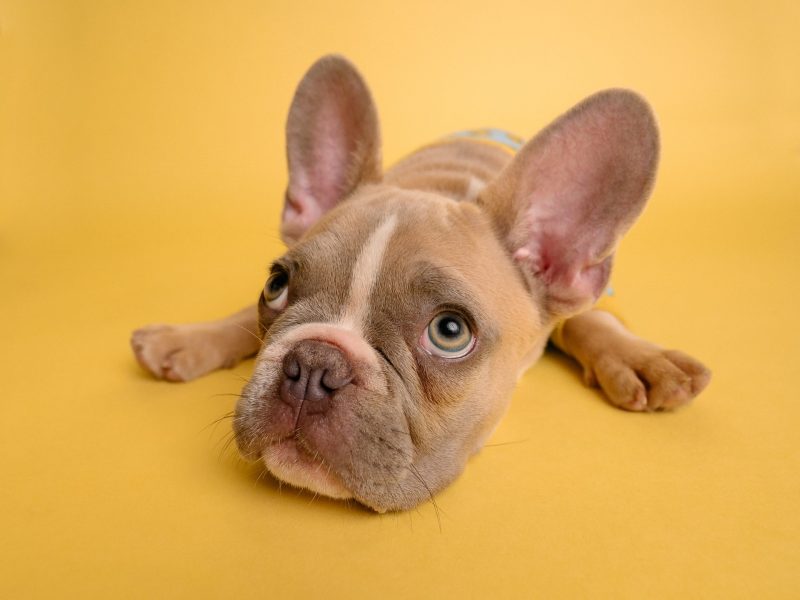
Who is responsible for the creation of new breeds?
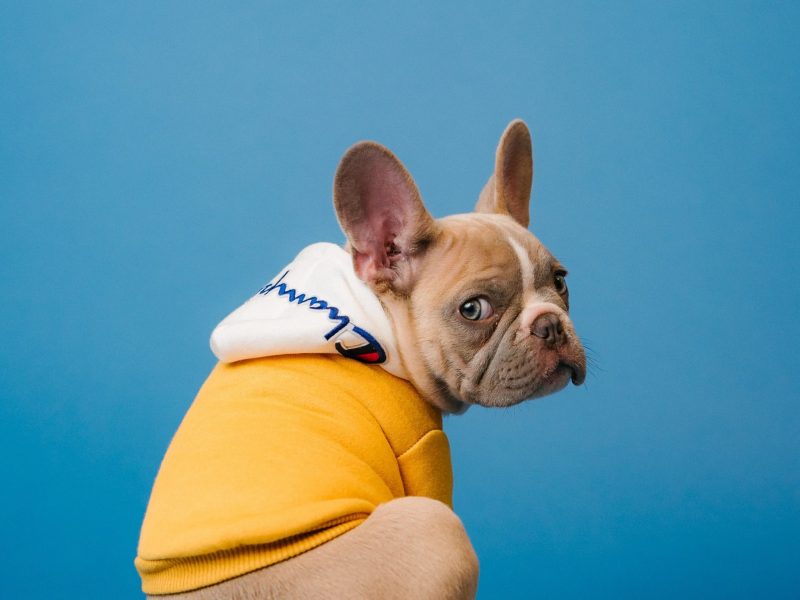
What is the point of reproducing?
Donec nec urna aliquam, gravida magna ac, volutpat nisi. Lorem ipsum dolor sit amet, consectetur adipiscing elit. Phasellus nec risus est. Duis neque arcu, eleifend vitae lacus at, faucibus luctus metus. Ut sagittis non velit eget pharetra. Aliquam ut vulputate neque. Donec maximus imperdiet finibus. Nam risus nisi, sodales et dolor at, varius sollicitudin quam. Suspendisse blandit quam leo, eu placerat magna commodo in. Donec aliquam augue iaculis, molestie ligula malesuada, tincidunt ante. Morbi varius diam metus, sed porta arcu convallis ac. Ut vitae suscipit nisl, vitae sollicitudin purus.
Which animals are compatible with one another?
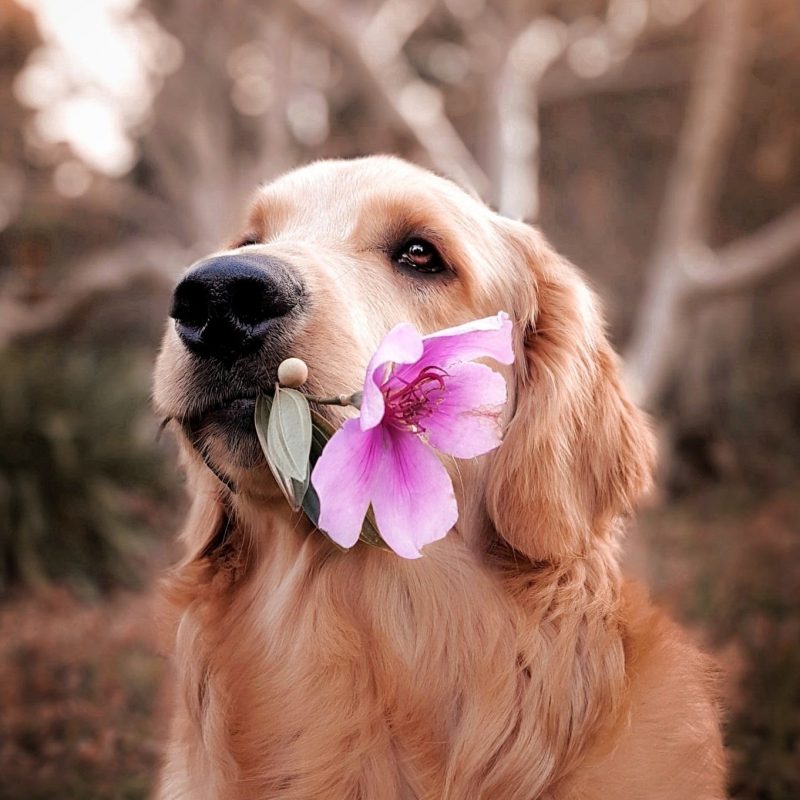
The higher the chances of success, the fewer breeds involved. When two animals that are quite similar are mated, however, the child may inherit undesirable features from both parents. As a result, infants born to a purebred father and mother may have a poorly defined breed, resembling mongrels.
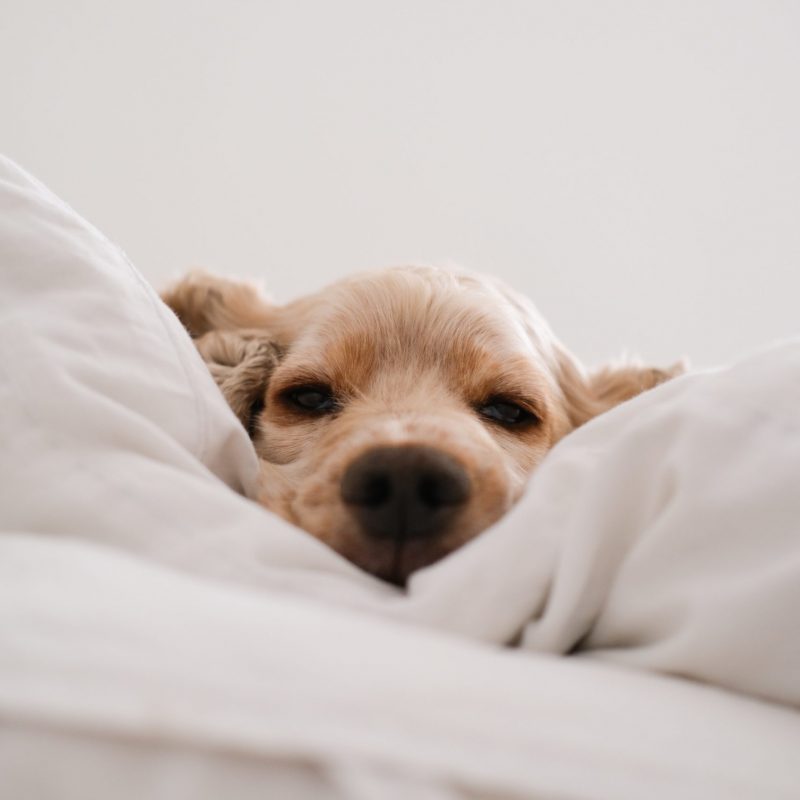
Mixed-breed dogs and cats have higher genetic diversity than purebred dogs and cats. As a result, genetic abnormalities are substantially less common. Hybridisation is the process of crossing two or more breeds. The Eastern European Shepherd, Moscow Watchdog, and Black Terrier are all descendants of this breed. Hybridization aids in the elimination of undesirable features that have arisen and become entrenched as a result of extensive inbreeding.
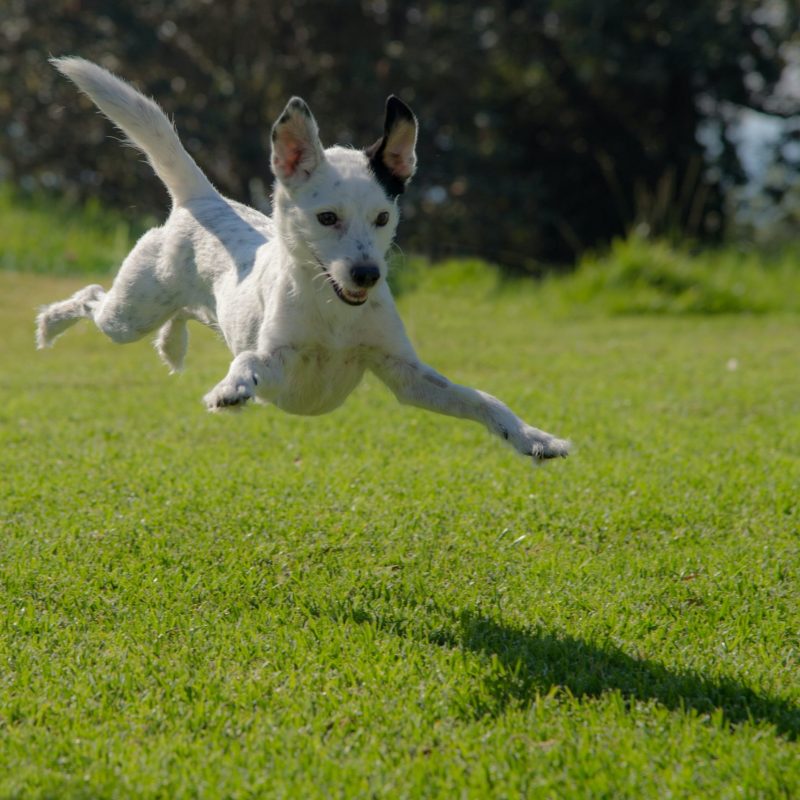
The right alternation of hybridisation and closely related crossbreeding is seen to be the most efficient method. Pets of two different breeds are crossed to get the desired qualities. When children with these characteristics appear, they are crossed and the result is consolidated over several generations. To provide a higher diversity of genes, a fresh blood is introduced at some point through cross-breeding, and the qualities are then passed on through multiple closely linked mating exercises. As a result, the healthiest animals with the best characteristics emerge.